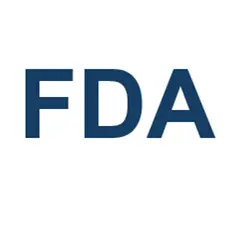Soy lecithin is a naturally occurring mixture of the phosphatides of choline, ethanolamine and inositol, with smaller amounts of other lipids. It may serve as an emulsifier, dispersing agent, wetting agent and releasing agent. It may also be used as a dietary source of choline.
Soy Lecithin
Found In
- Carbonated beverages
- Cheese
- Chocolate
- Coffee
- Infant formula
- Milk drinks
- Nutrition bars
- Pasta
- Plant-based milks
- Supplements
- Tea
Also Known As
- Phospholipids from Soy
The Beverage Bottom Line
Soy lecithin is authorized for use in the U.S., Europe and Canada.
This ingredient may have authorizations in countries not included on this site.
International Assessments and Authorizations

U.S. Food And Drug Administration (FDA)
Affirmation by FDA this ingredient is generally recognized as safe as a direct human food ingredient. (GRAS FDA-Affirmed, GRAS FDA-Notified)
Soy lecithin may be used as ingredients in or on processed products labeled as “organic.”
In 2006 and 2014, FDA had no objection to a GRAS notice related to soy lecithin.
In 1983 and 1996, lecithin and enzyme-modified lecithin were affirmed as GRAS for intended uses by FDA.
In 1979, the health aspects of lecithin as a food ingredient were evaluated.
This page was last updated on 6/30/2025.



